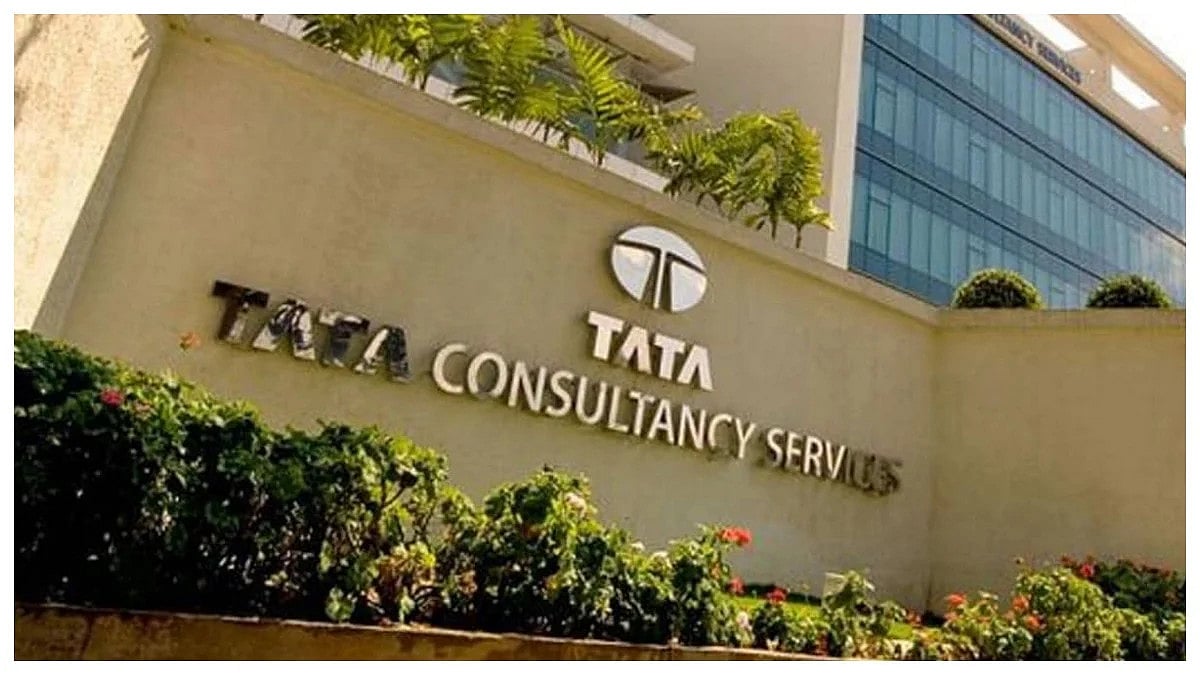Concerned over revival of Old Pension Scheme by certain Opposition-ruled states, Economic Advisory Council to the Prime Minister (EAC-PM) member Sanjeev Sanyal on Monday said unfunded pension schemes are ultimately tax on future generations.
Sanyal further said given the current stress in the global economy and the repeated downgrades done to the world GDP growth numbers by international agencies, it is quite obvious that 2023 will also be a difficult period.
"It should be very clear that unfunded pension schemes are ultimately tax on future generations. Therefore, one should be very, very careful to reverse pension reforms that have been done with great difficulty over the last couple of decades," he told PTI in an interview.
Old Pension Scheme
Sanyal was responding to a question on some Opposition-ruled states' decision to switch to Old Pension Scheme (OPS).
The OPS, under which the entire pension amount was given by the government, was discontinued by the NDA government in 2003 from April 1, 2004.
New Pension Scheme
Under New Pension Scheme, employees contribute 10 per cent of their basic salary towards pension while the state government contributes 14 per cent.
States implement old pension scheme
Two Congress-ruled states, Rajasthan and Chhattisgarh, have already decided to implement OPS. Jharkhand too has decided to revert to OPS, while Aam Aadmi Party-ruled Punjab recently approved the reimplementation of OPS.
Reduce trade deficit with China
Asked what measures should the government take to reduce the trade deficit with China, Sanyal said one should look at the overall trade deficit.
"Nevertheless, reliance on one country is an issue that we do take seriously and therefore there are efforts being made that key ingredients in pharmaceuticals or chips for manufacturing and so on are not coming from a single foreign source," he said.
The trade deficit, the difference between imports and exports, between India and China touched USD 51.5 billion during April-October this fiscal year.
The deficit during 2021-22 had jumped to USD 73.31 billion as compared to 44.03 billion in 2020-21, according to the latest government data.
Production linked incentive
"So this is why we have as you know, given a fair amount of impetus including the production linked incentive (PLI) effort, in order to make sure that the key ingredients that are key inputs and ingredients into our industry are manufactured at least to some extent in India," he emphasised.
The government has announced PLI scheme for 14 sectors, including white goods, textiles and auto components.
The objective of the PLI scheme is to make domestic manufacturing globally competitive, create global champions in manufacturing, boost exports and create jobs.
Merchandise trade deficit
While observing that India's overall merchandise trade deficit has indeed widened, he said, this is partly because the economy is reviving strongly while the rest of the world is slowing down.
"Having said that, let me add that services exports continue to do very well and therefore the current account deficit is significantly smaller than the trade gap," he noted.
Macroeconomic situation
On India's overall macroeconomic situation, he opined that apart from the problems in the eastern Europe, a sharp surge in COVID cases in China will possibly have spillovers on rest of the world's economic growth.
"So, given this context, India's economic growth remains very resilient. It is by far the fastest growing (major) economy in the world. And most indicators are that, India will remain so in 2023- 24 as well," Sanyal asserted.
According to him, India needs to be vigilant about the prospect of resurgence of COVID-19.
"There are macroeconomic stability issues that we need to be continuously monitoring particularly in the area of inflation and also in the case of current account given that our export markets are all slowing down," he opined.
Despite these concerns, Sanyal observed that India's underlying long-term momentum remains in good shape and that the country's supply side of the economy has not been as productive and efficient ever.
RBI revised its growth estimate for 2023
Earlier this month, the RBI revised down its growth estimate for FY23 to 6.8 per cent from the earlier 7 per cent, while the World Bank revised upwards its GDP growth forecast to 6.9 per cent, saying the economy was showing higher resilience to global shocks.
High Inflation
Replying to a question on high inflation during 2022, Sanyal pointed out inflation in most part of the world is due to energy prices and disruptions caused by the war in the eastern Europe as well as the monetary and fiscal expansion that had happened during the COVID crisis.
"India was very restrained in using both monetary and fiscal resources. As a result, our inflation spike was much more muted than that of virtually every other country in the world," he said.
According to Sanyal, in this context, India's inflation going slightly above the tolerance level of 6 per cent is understandable.

Pointing out that the latest reading suggests that inflation has again fallen back within the band, he said India did rather well under the circumstances and that the country's inflation expectations remain well anchored.
"Nonetheless, we will continue to monitor this very, very closely, especially in the context of possible supply chain disruptions caused by developments in China," Sanyal said.
The central bank has been tasked by the government to ensure that retail inflation remains within the range of 2-6 per cent.
The inflation print for November has come under 6 per cent, within the tolerance band for the first time after 10 months.












